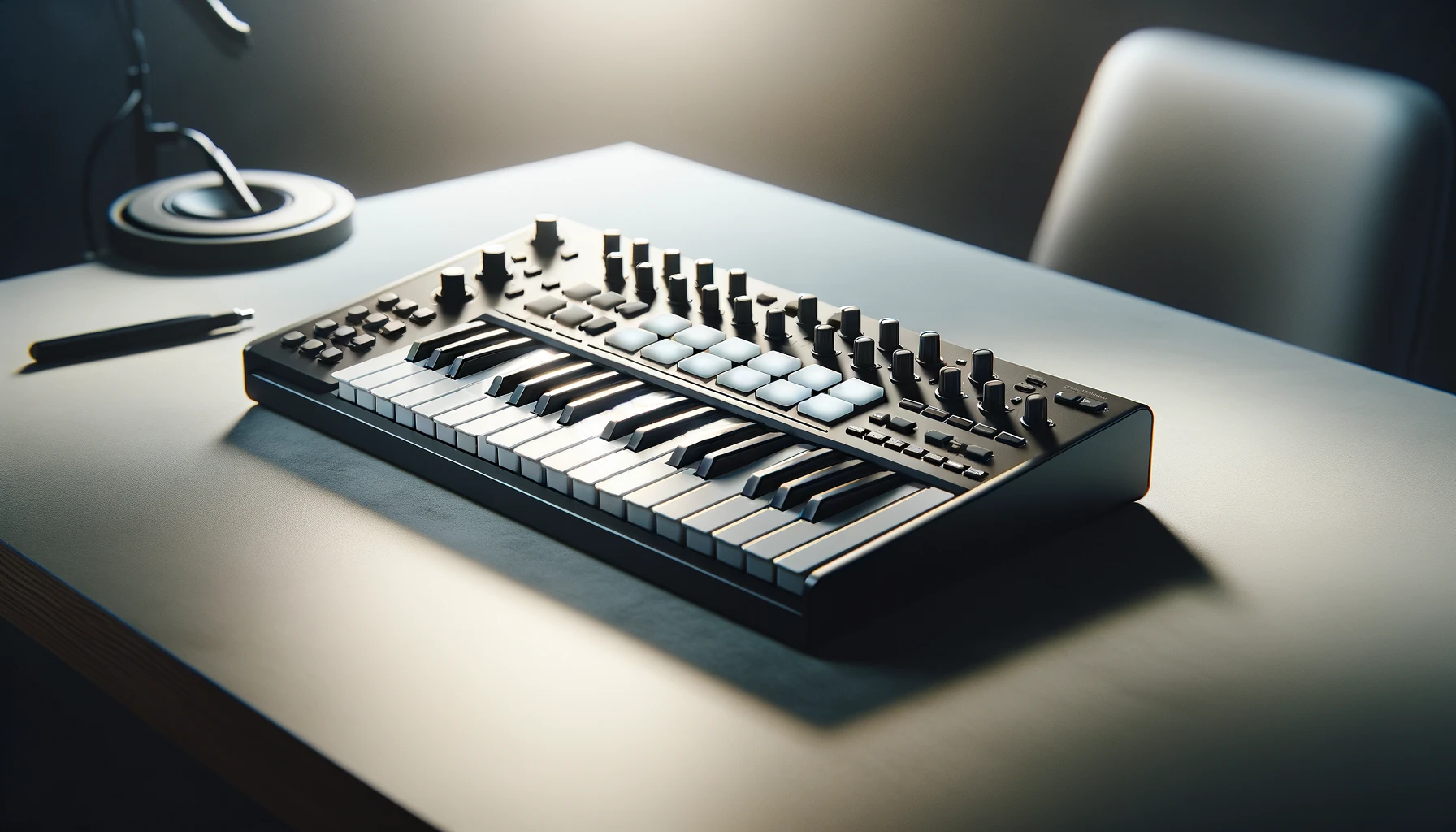Struggling to decide whether to get an expensive keyboard or MIDI controller?
MIDI controllers offer many benefits and can serve as keyboards themselves with proper setup and connectivity.
Let’s explore this topic further with insights on features, capabilities and limitations.
Can I Really Use a MIDI Controller Like a Keyboard?
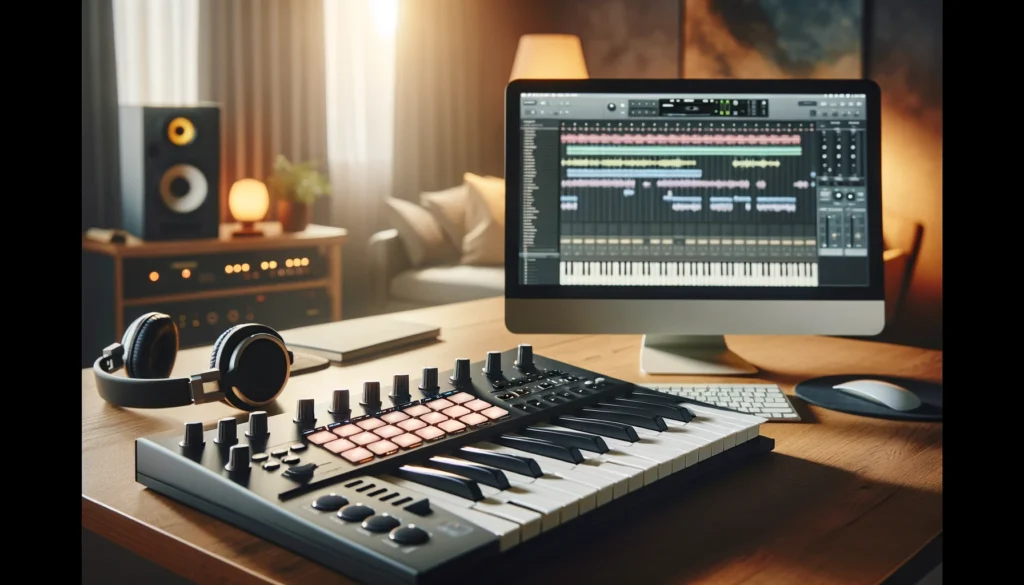
Yes, you absolutely can setup MIDI controller keyboards to control virtual software instruments and external MIDI hardware effectively like a traditional keyboard.
With proper connectivity over USB, MIDI cables or wirelessly, the keys, pads and faders will trigger notes, chords, basslines, leads, and manipulate parameters on synths, DAWs and more.
We’ll explore specifics on integration and functionality in more detail below.
But in short, MIDI controllers can serve as capable keyboards for performing and producing music.
What is a MIDI Controller?
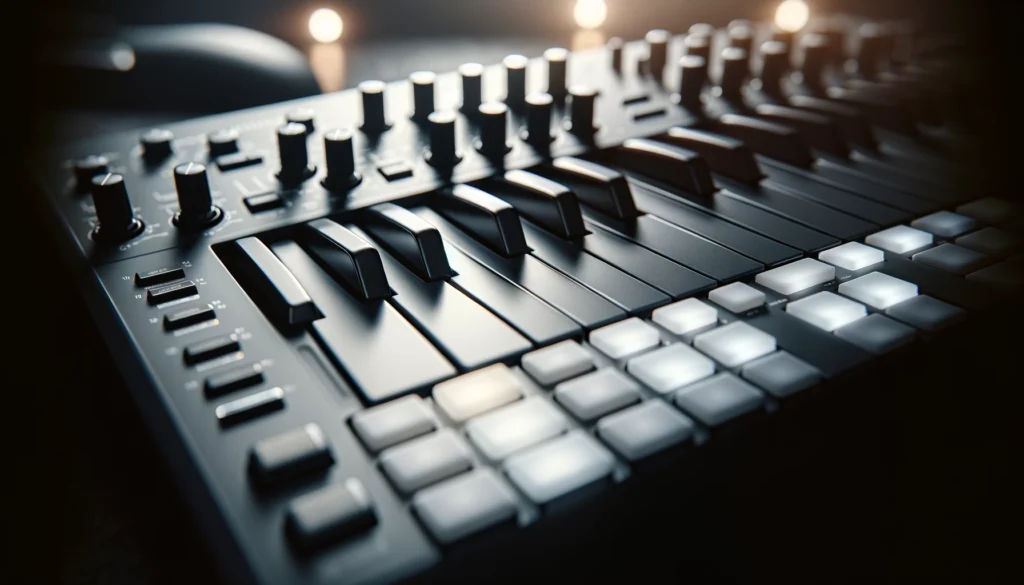
A MIDI controller is an electronic device that sends MIDI data to control parameters and instrumentation in external devices.
MIDI stands for Musical Instrument Digital Interface.
It is a technical standard that allows electronic instruments, controllers, computers and other equipment to connect with each other and communicate MIDI data.
This allows for the remote control of parameters like musical notes, volume, panning, pitch bend, as well as automation and other features in MIDI-compatible software.
Some examples of common types of MIDI controllers include keyboard controllers, pad controllers, wind controllers, guitars with MIDI pickup systems, drum machines and sequencers with MIDI connectivity.
They generally connect with computers or mobile devices using traditional MIDI 5-pin cables, or increasingly with USB.
There are also wireless MIDI solutions.
Many MIDI controllers have physical controls like keys, pads, knobs and faders for live manipulation of sounds, effects and other parameters.
This is what makes them more interactive and hands-on compared to only using a mouse and computer screen.
Benefits of Using a MIDI Controller as a Keyboard
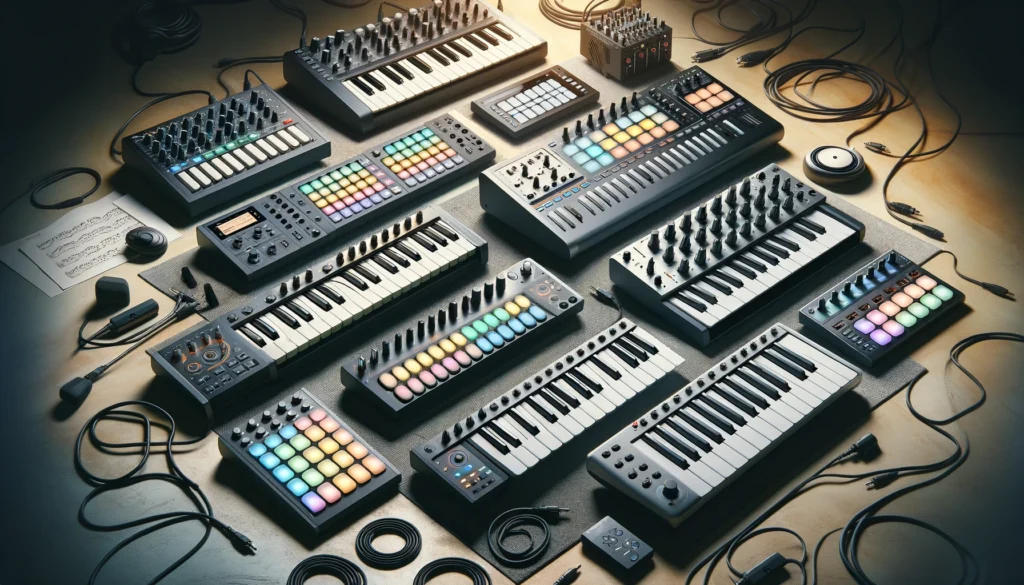
There are several benefits of using a MIDI controller as a keyboard instrument rather than a standalone traditional keyboard.
They can be more portable, affordable and accessible for the modern musician due to their size and footprint.
And while they may not produce sound themselves, MIDI controllers excel at sending control data to virtual instruments and software that generate the audio.
First, MIDI controller keyboards are much more portable than digital keyboards and workstations.
They are usually very slim and compact – easy to fit into a backpack or gig bag for transportation to gigs, studio sessions, music classes and anywhere you need to use a keyboard.
Their smaller size also saves space at home versus large 88-key digital pianos, making MIDI controller keyboards convenient for producers and musicians with smaller home studios or limited space.
Secondly, MIDI keyboard controllers are generally much more affordable than digital pianos or other all-in-one keyboard instruments.
Since they do not have onboard sounds or speakers themselves, all of the development goes into quality key-beds, controls and enhanced integration with computer and iOS devices.
This makes them very accessible for beginners and budget-minded musicians, with many full-sized 88-key models available under $500 that are fantastic values.
Another major benefit of using MIDI controllers is that they provide more than just a keyboard.
Many feature buttons, knobs, faders, trigger pads and other controls for mixing, automation and manipulating virtual instrument sounds.
Advanced versions allow for detailed custom mapping too to control DAWs and plugins as desired.
This hands-on control over software is much more efficient and creative compared to only using a mouse and computer screen.
Finally, using MIDI keyboard controllers makes it simple to integrate with all of your music software and gear that support MIDI connectivity.
Whether it is a DAW like Ableton Live, iOS apps like GarageBand, hardware synthesizers from Korg or Roland, or plugins like Native Instruments – MIDI controller keyboards communicate seamlessly as the common standard.
There is almost universal compatibility and far less setup required compared to using traditional audio gear.
How To Set Up Your MIDI Controller as a Keyboard
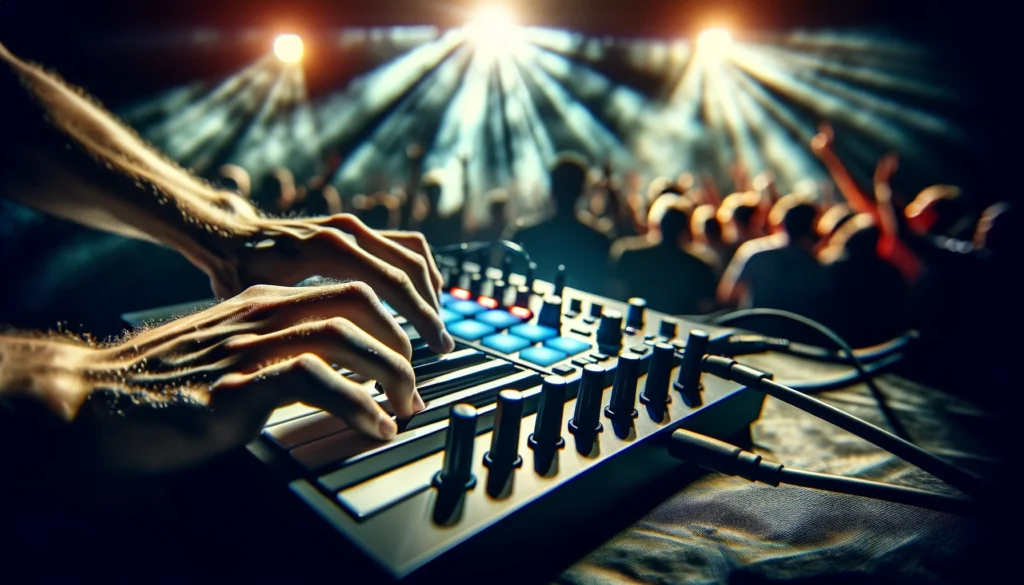
Setting up a MIDI keyboard controller to control sounds and instruments on your computer is a fairly straightforward process.
Here are the basic steps for getting your MIDI keyboard controller connected and recognizing instruments and software.
First, you will need to connect your MIDI keyboard controller to your computer or mobile device.
For computers, use the included USB cable and connect it to an open USB port.
Make sure the MIDI keyboard is powered on.
Alternately you can use traditional 5-pin MIDI cables if your controller and computer have these ports.
For iOS devices, you would use a MIDI interface adapter that connects over the charging port.
Some keyboards may also offer MIDI wireless connectivity over Bluetooth.
Next, install any required drivers for your operating system so that it recognizes the MIDI controller properly when connected.
Check if the manufacturer offers downloads on their website.
For Windows machines, you may need to install an ASIO driver for low-latency audio performance.
The keyboard should appear in your MIDI input and output device lists once correctly installed.
After connecting the MIDI controller and installing drivers, open up your digital audio workstation (DAW) or music program.
This would be something like Ableton Live, Logic Pro, GarageBand or FL Studio.
Open the Preferences, Settings or Device menus.Look for options to enable your MIDI controller keyboard as an input device.
Some DAWs support plug-and-play connectivity.You may also need to enable any external instruments you want to play using the keyboard.
Finally, you can map sounds and instruments to the keys, pads, knobs and faders on your MIDI keyboard controller.
Most software instruments or plugins feature virtual on-screen keyboards that display incoming MIDI note input.
Tap keys on your MIDI controller to trigger sounds in the software instruments.
Map specific parameters like filters, effects and transport controls to assignable knobs, faders and buttons on your hardware controller.
Everything should now play properly through monitoring outputs like studio monitors or headphones connected to your computer’s audio interface.
Key Features To Look For In A MIDI Keyboard
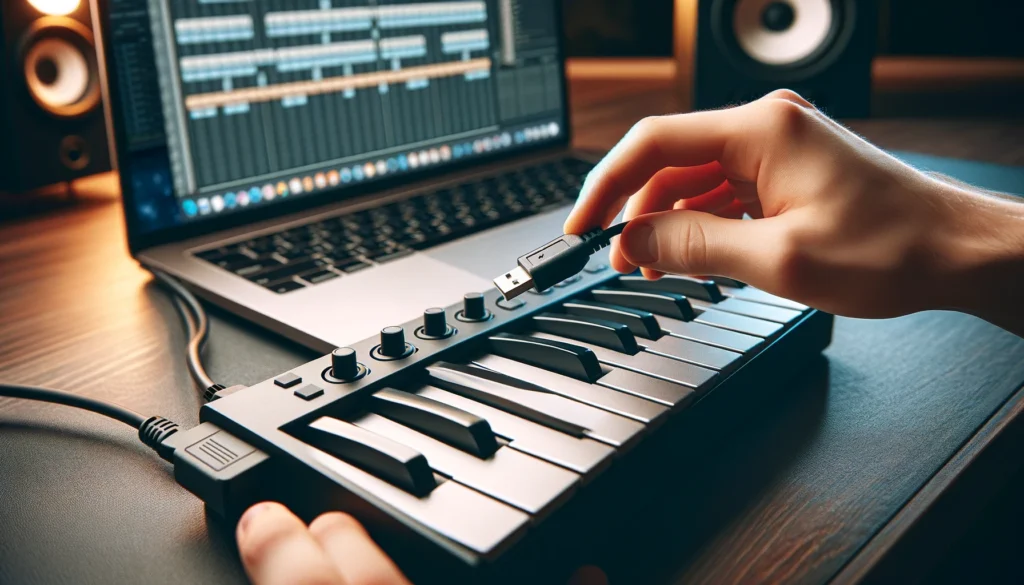
Today there is certainly no shortage of MIDI controller keyboards on the market from big brands like Akai Professional, M-Audio, Native Instruments and Arturia as well as smaller boutique manufacturers.
Here are some key specs and features to look for when selecting a MIDI keyboard controller to suit your needs:
Number of Keys – MIDI controller keyboards are built with 25, 37, 49, 61, 76 and 88-key ranges just like digital pianos and synthesizers.
Consider what is appropriate for the type of music you want to play. 25-key models are ultra-portable for travel. 49 keys works well for basses and lead parts.
61 keys provides a good compromise in a smaller footprint, but many prefer 76 or 88 fully-weighted keys for piano playing.
Weighting/Feel – Many MIDI controllers offer synth action, semi-weighted, or hammer-action weighted keys similar to that of digital pianos.
Synth action is light and fast for quick playing.
Weighted keys add more resistance and help build finger technique better suited for piano players. Aftertouch and velocity sensitivity also factor into playability.
Pads/Faders/Controls – In addition to keys for playing notes, most MIDI controllers incorporate pads, touch strips, knobs and faders assignable to various parameters in your software.
The more controls the better for locking down mixes, tweaking sounds and improving workflow efficiency. Some feature motorized faders and screens too.
DAW/Software Control – MIDI keyboards that are specifically designed for Ableton Live, Logic Pro, Pro Tools etc. allow quick access to transport controls, shortcuts, mixing parameters and browsing instruments natively within those DAWs.
This deeper software control speeds up workflow tremendously.
Hardware Synths/MIDI Out – Some MIDI controllers include actual hardware synthesizer engines and sounds onboard, or at least offer MIDI output connectivity.
This allows you to play and sequence external MIDI hardware like classic keyboard synths and drum machines to expand possibilities.
Form Factor – MIDI controller keyboards range from ultra-slim 25-key units that are super compact for travel, all the way up to full 88-key bed furniture pieces.
Consider size, weight and portability based on your needs as a musician and if you plan to transport your MIDI controller to rehearsals or gigs.
Limitations Of MIDI Controller Keyboards
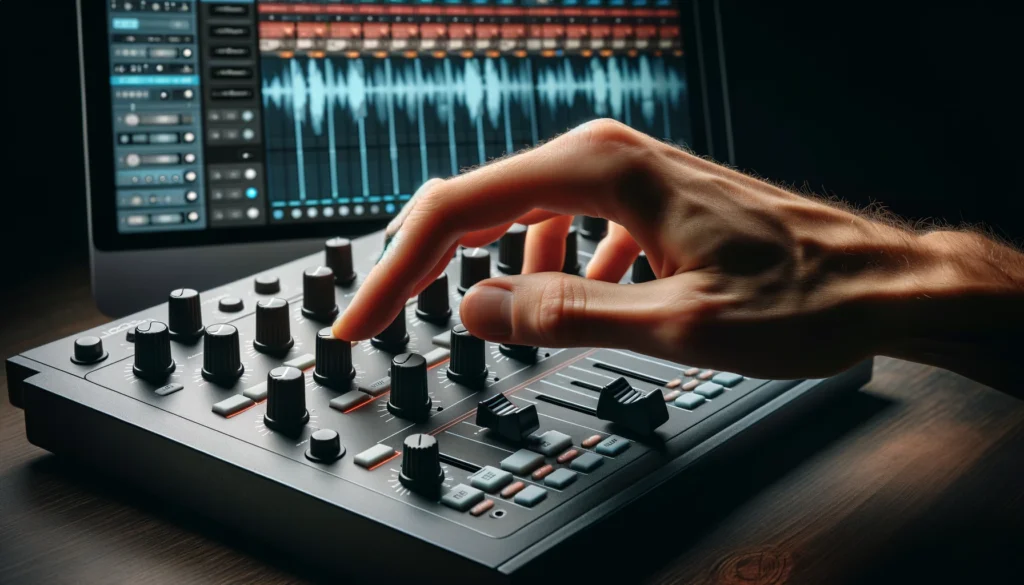
While using MIDI controllers offer many advantages for modern music production and performance, they do have a few limitations primarily related to standalone functionality:
The most obvious limitation is that MIDI controller keyboards require a connection to a computer or mobile device to generate actual sound and notes.
Without being connected via USB/MIDI to production software, DAWs or hardware instruments, the keys, pads and buttons will remain silent.
Contrast this to digital pianos, stage pianos and workstations that feature built-in sounds, amplifiers and speakers in an all-in-one instrument.
In most cases MIDI controllers also lack the 88-key range of weighted, fully-graded hammer action keybeds with synthetic ivory keytops found on high-end digital pianos.
These key actions allow for the most realistic and responsive weighted piano feel that acoustic pianos provide.
The best 88-key MIDI controllers can feel quite realistic, but true piano players may still notice a difference in dynamics and expression.
Another disadvantage is that MIDI controllers require power connections for USB or mobile devices.
They are not battery-powered and lack speakers or sound engines like self-contained keyboard instruments.
So you do need either a host computer or MIDI-compatible gear on hand to use a MIDI controller keyboard away from wall power outlets.
However, some can also draw power over USB from laptops and mobile devices.
Finally, while connectivity with Mac/PC and iOS devices is a strength, MIDI controller keyboards generally lack the complex menus, tones and rhythms you’d find on workstations and arrangers.
And without built-in amplification and speakers, they are reliant on monitoring through an audio interface and external sound system.
This introduces some setup complexity compared to all-in-one digital pianos or synths you simply power on to play.
Conclusion
To conclude, MIDI controller keyboards offer musicians, producers and performing artists many great benefits for controlling virtual instruments, DAWs, iOS music apps and external MIDI hardware.
Their compact size, affordable pricing, seamless integration and wealth of assignable controls provide much closer hands-on interaction vs using a mouse and computer screen.
